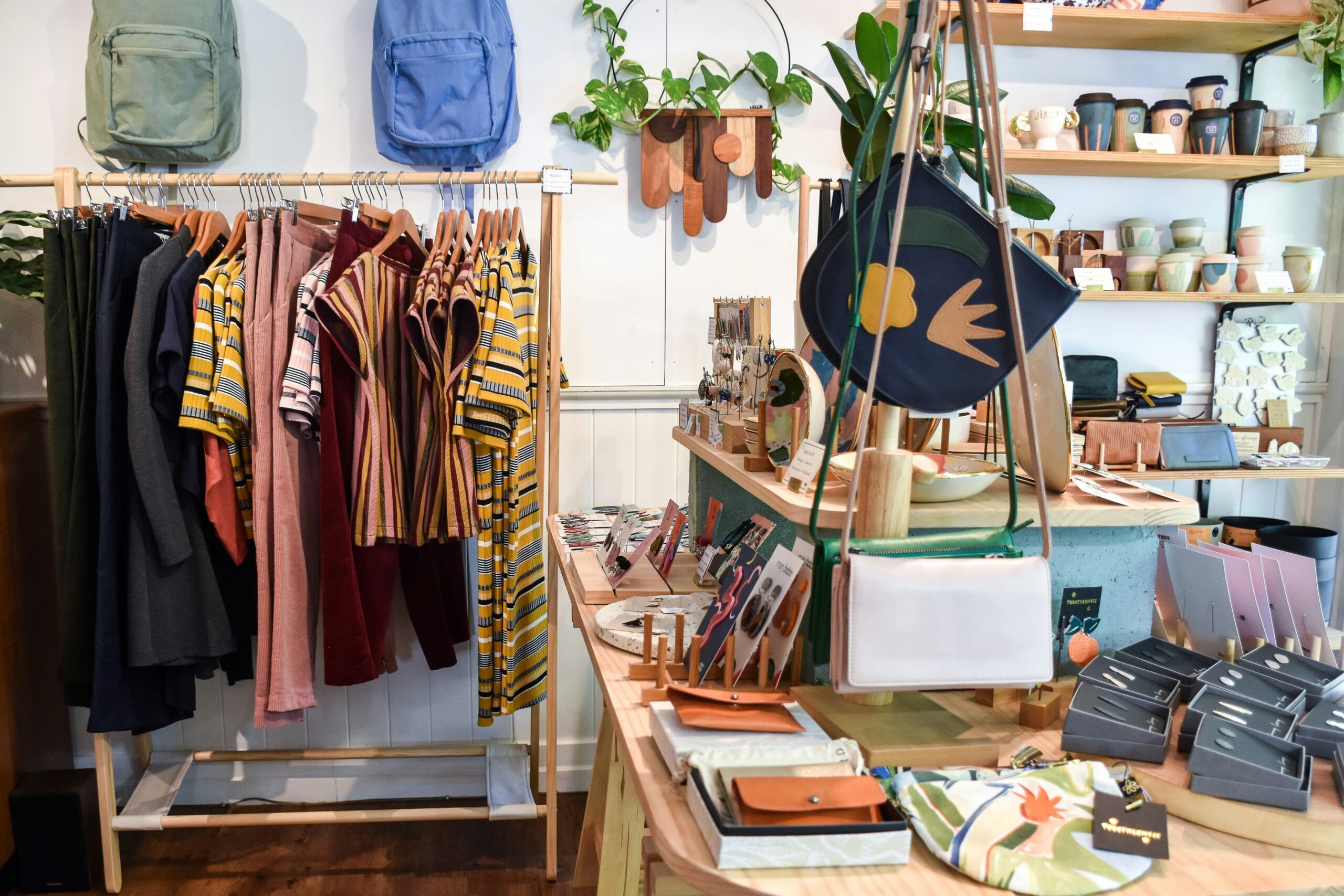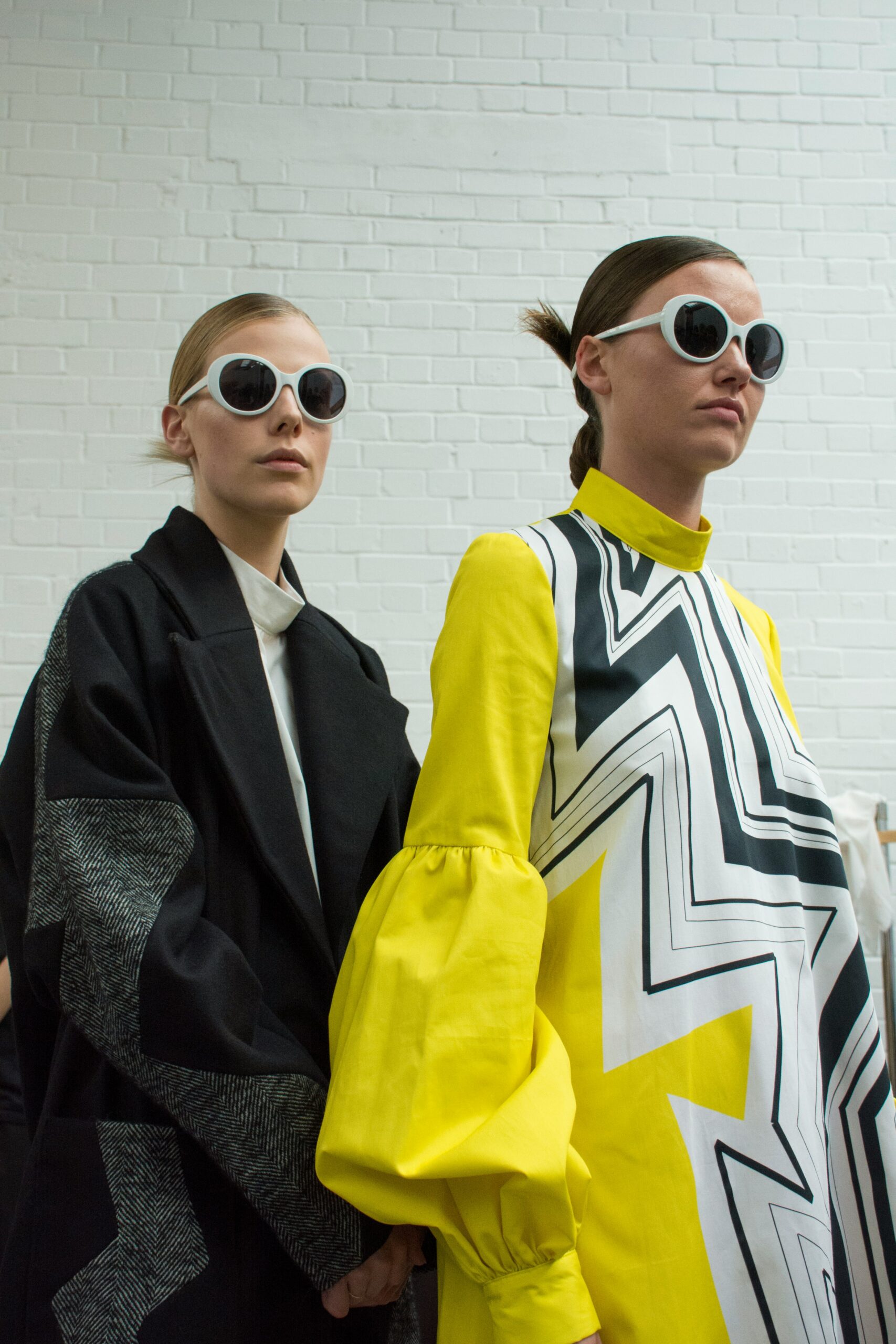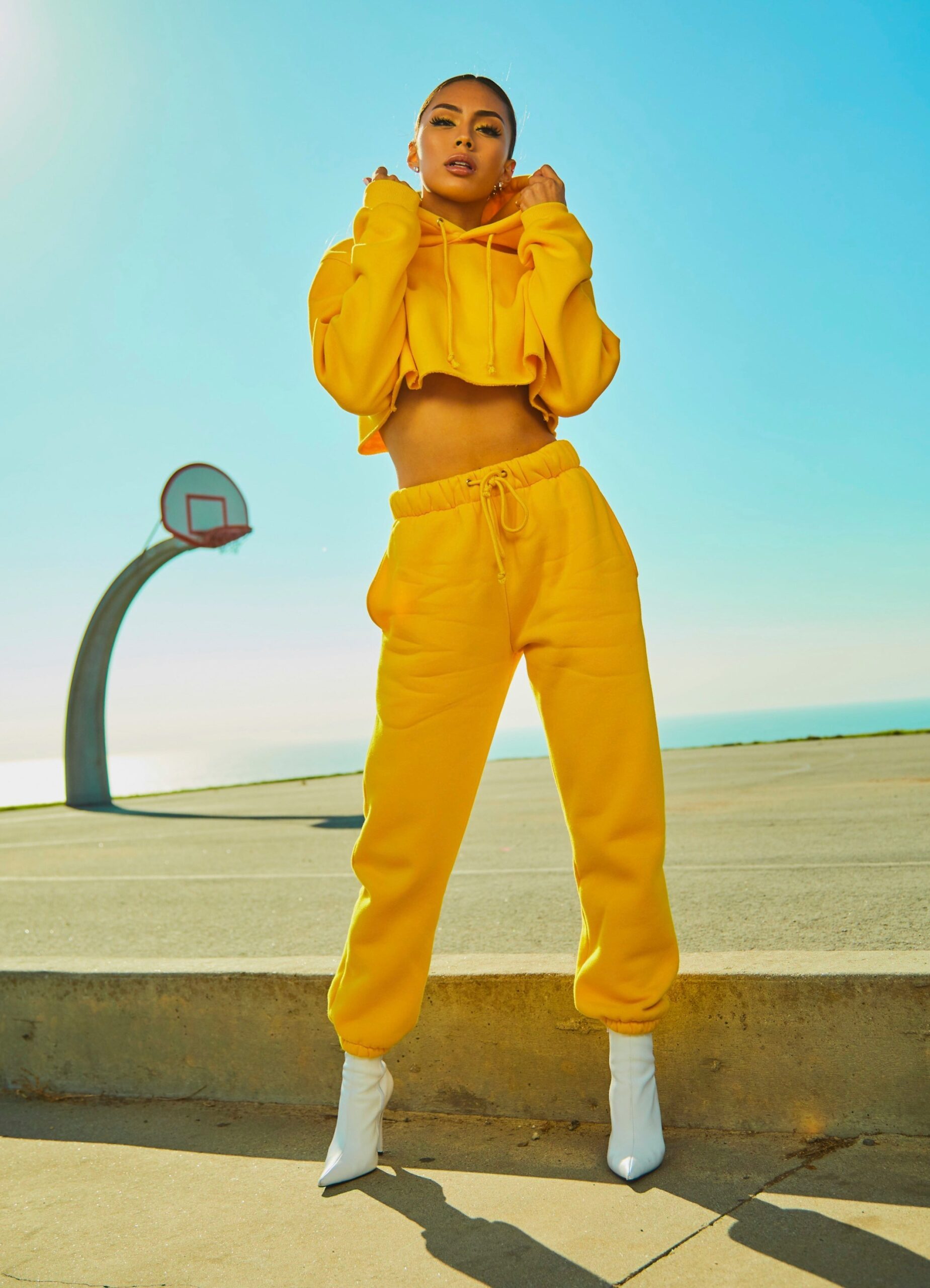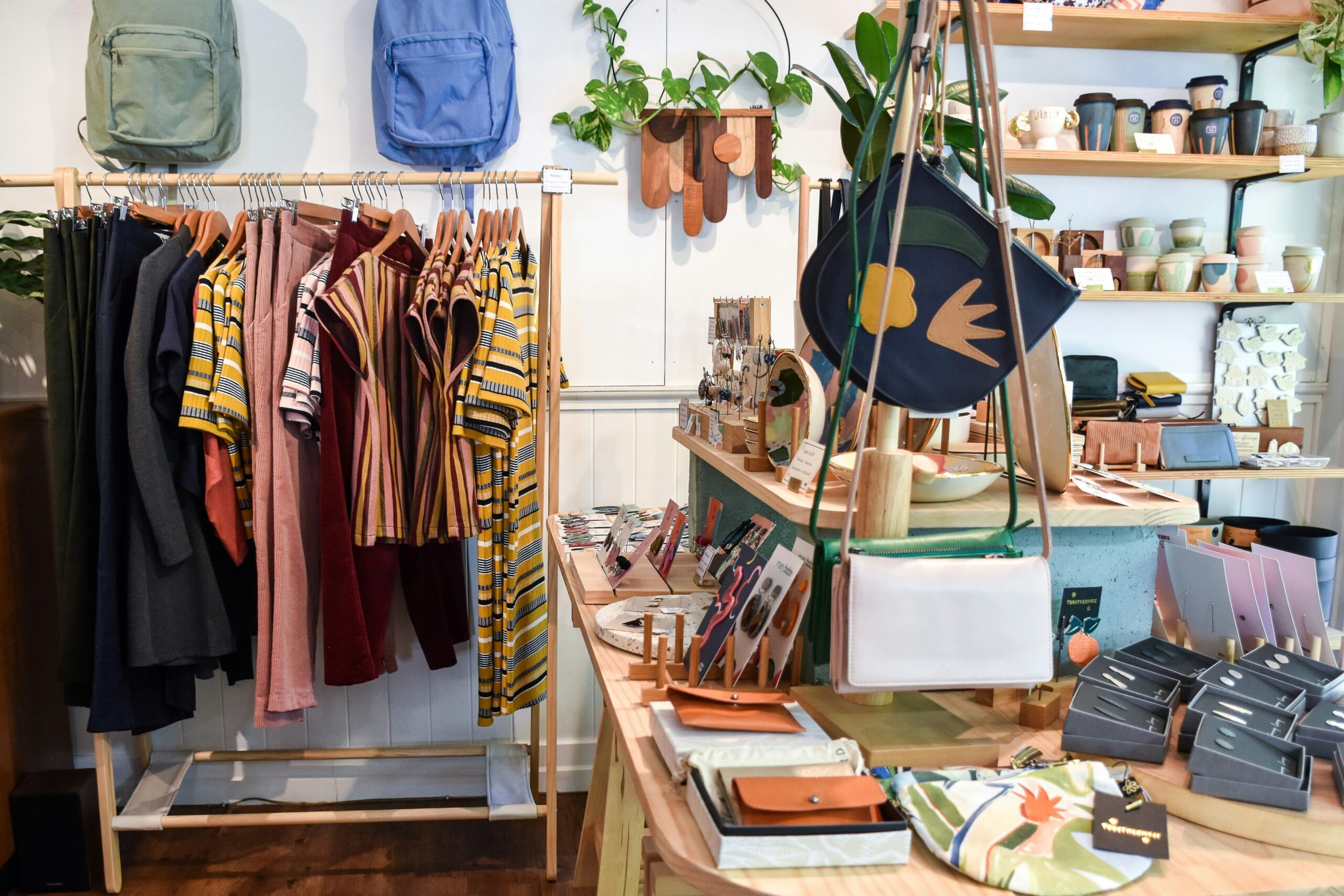In recent years, the fashion industry has faced increasing scrutiny for its negative impact on the environment and society. From harmful production practices to unethical labor conditions, the need for sustainable and ethical fashion has become more urgent than ever. As a result, many consumers are turning to ethical clothing apps to make conscious choices about their fashion purchases. In this article, we will explore UI/UX strategies that can revolutionize sustainable fashion and enhance the user experience of these apps.
1. Clean and Intuitive Design:
The first step in creating a successful ethical clothing app is to focus on a clean and intuitive design. Users should be able to navigate the app effortlessly, finding the information they need without any confusion. Use a minimalist approach with clear and concise labels, ensuring that the app’s purpose and features are easily understood. Avoid cluttered screens and excessive visual elements that may distract or overwhelm the user.
2. Seamless Onboarding Process:
The onboarding process plays a crucial role in engaging and retaining users. Make the registration process simple and quick, allowing users to sign up with their email or social media accounts. Provide a clear value proposition and highlight the benefits of using the app to encourage users to continue. Consider incorporating a tutorial or interactive guide to familiarize users with the app’s features and functionality.
3. Personalized Recommendations:
One of the key advantages of using an ethical clothing app is the ability to discover sustainable fashion options tailored to individual preferences. Implement a recommendation system that takes into account users’ style preferences, sizes, and previous purchases. By offering personalized recommendations, you can enhance the user experience and help users find clothing items that align with their values.
4. Transparent Supply Chain Information:
Transparency is a fundamental aspect of ethical fashion. Provide users with detailed information about the supply chain of each clothing item, including the materials used, production processes, and certifications. This transparency builds trust and allows users to make informed decisions about the brands they support. Consider integrating QR codes or scannable tags that provide instant access to supply chain information.
5. Social Sharing and Community Features:
Creating a sense of community within the app can foster engagement and encourage users to share their sustainable fashion journey. Incorporate social sharing features that allow users to share their favorite outfits, sustainable fashion tips, and reviews of clothing items. Consider implementing a forum or chat feature where users can connect with like-minded individuals, seek advice, and share their experiences.
6. Gamification Elements:
Gamification can be a powerful tool to motivate and engage users. Incorporate gamification elements such as badges, rewards, and challenges to encourage sustainable fashion choices. For example, users can earn badges for purchasing from ethical brands, recycling clothing, or participating in clothing swaps. These elements can make the app more enjoyable and encourage users to continue their sustainable fashion journey.
7. Seamless Checkout and Payment Process:
A smooth and hassle-free checkout process is crucial for converting users into customers. Streamline the payment process by offering various payment options, such as credit cards, digital wallets, or buy now pay later services. Ensure that the checkout process is secure and user-friendly, with clear information about shipping, returns, and customer support.
Conclusion:
Ethical clothing apps have the potential to revolutionize the fashion industry by making sustainable and ethical fashion choices more accessible to consumers. By implementing UI/UX strategies that focus on clean design, personalized recommendations, transparent information, community features, gamification, and seamless checkout processes, these apps can enhance the user experience and encourage conscious fashion choices. Together, we can drive positive change in the fashion industry and promote a more sustainable future.
Remember, sustainable fashion is not just a trend – it’s a movement towards a more ethical and responsible industry. Let’s embrace technology and design to make a difference in the way we consume fashion.









Leave a Reply